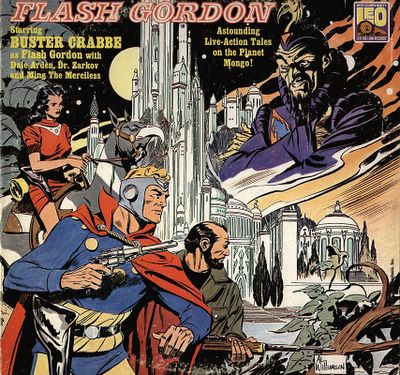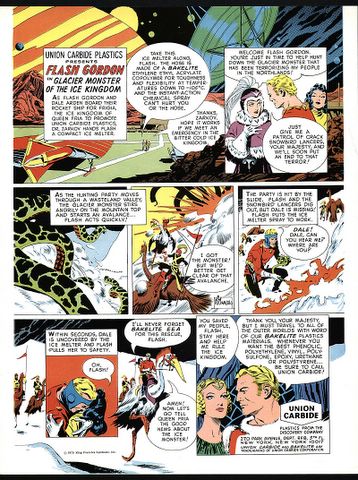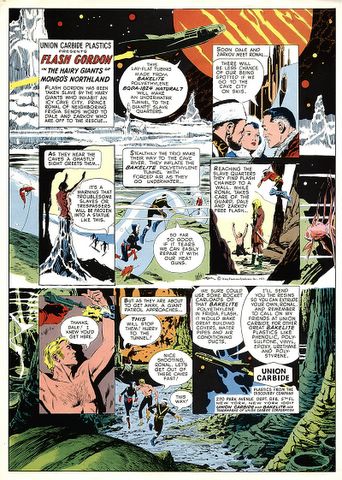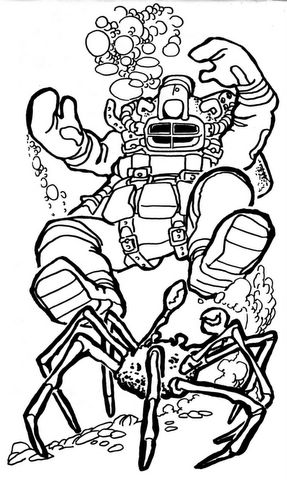In 1937, Snow White and the Seven Dwarfs, Walt Disney's first full-length (83 minutes), animated film opened in Los Angeles, California. Using the story adapted from Brothers Grimms' Fairy Tales, it was the first commercially successful film of its kind.
Taking two years and $1.5 million to create, it was released for its premiere during Christmas of 1937. Disney had to mortgage his house to pay for the film's production. This followed within a span of just 12 years since the first black and white talking Mickey Mouse in Steamboat Willie (1928). link
Thursday, December 21, 2006
Mystery Cosmic Explosions
Scientists have discovered what appears to be a new kind of cosmic explosion. They call the explosion a hybrid gamma-ray burst.
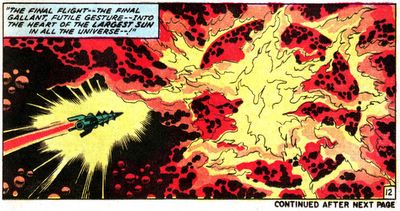
As with other gamma-ray bursts, this hybrid burst is likely signalling the birth of a new black hole. It is unclear, however, what kind of object or objects exploded or merged to create the black hole or, perhaps, something even more bizarre. The hybrid burst exhibits properties of the two known classes of gamma-ray bursts yet possesses features that cannot be explained.
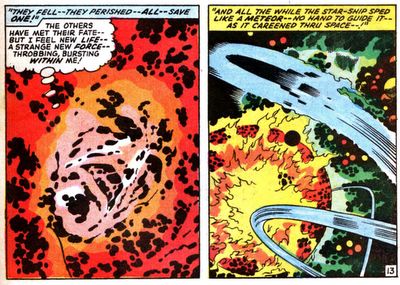
Art by Jack Kirby. Galactus © Marvel Comics.
"Gamma-ray bursts are the most powerful known explosions in the universe and fall into two categories, long and short. The long bursts last for more than two seconds and appear to be from the core collapse (supernova) of massive stars forming a black hole. The short bursts, under two seconds long and often lasting just a few milliseconds, appear to be caused by the merger of two neutron stars or a neutron star with a black hole, which subsequently creates a new or bigger black hole. The small amount of remaining merger material can only feed the black hole for about a second and hence gives a short period of energy release.The hybrid burst, called GRB 060614 after the date it was detected, was 1.6 billion light years away in the constellation Indus. The burst lasted for 102 seconds, placing it soundly in long-burst territory. But the burst lacked the hallmark of a supernova, or star explosion, commonly seen shortly after long bursts. link
An enigmatic long-lasting -ray burst not accompanied by a bright supernova. 2006. M. Della Valle et al. Nature Nature 444: 1050-1052.
Wednesday, December 20, 2006
Monster Shindig

Another treat from the Atomic Surgery Archives...
A tip of the hat to the recently departed Joe Barbara.
Download the Monster Shindig theme song HERE.
A tip of the hat to the recently departed Joe Barbara.
Download the Monster Shindig theme song HERE.
Monday, December 18, 2006
How Not To Be Eaten By A Bat
The Yellow Underwing moth changes its sensitivity to a bat's calls when the moth is being chased. And in case there is another attack, the moth's ear remains tuned in for several minutes after the calls stop.
"To date, this phenomenon has not been reported for insects or, in fact, for any other hearing system in the animal kingdom. These findings change our understanding of the co-evolution of bats and moths and have implications for the hearing of many other animals."
It appears that even though moth ears are among the simplest in the insect world – they have only two or four vibration sensitive cells attached to a small eardrum – moths are not as deaf as previously thought.
As a bat gets closer to the moth, both the loudness and frequency (pitch) of the bat's calls increase. Surprisingly, the sensitivity of the moth's ear to the bat's calls also increases. This occurs because the moth's ear dynamically becomes more sensitive to the frequencies that many bats use when attacking moths. link
Keeping up with Bats: Dynamic Auditory Tuning in a Moth
Batgirl's on the case!
Sunday, December 17, 2006
Saturday, December 16, 2006
Smash Gordon by Frank Brunner

Art & story © Frank Brunner. CLICK IMAGE TO ENLARGE.
From the dusty Atomic Surgery Archives comes this strip from the legendary “Castle of Frankenstein” (#12, 1968).
Visit FrankBrunner.net
Vaughn Bodé’s 20,000 Leagues Under The Sea: Part 4
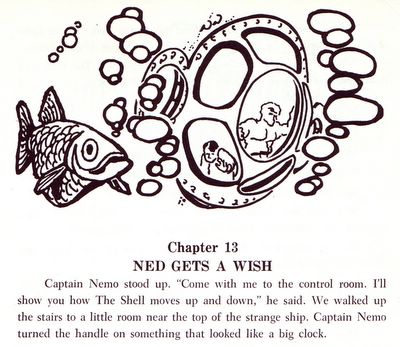


Back in the 60’s Vaughn Bodé illustrated a number of classics that had been rewritten for “reading challenged” kids. The books were published by Frank E. Richards and sold exclusively to schools.
Because these books are almost impossible to find at reasonable prices I’ll be posting all the illos from the best book of the bunch, “Jules Verne’s ’20,000 Leagues Under The Sea” in eight installments.
Read: Part 1 Part 2 Part 3 Part 4 Part 5 Part 6 Part 7 Part 8
All art © the estate of Vaughn Bodé
Subscribe to:
Posts (Atom)



